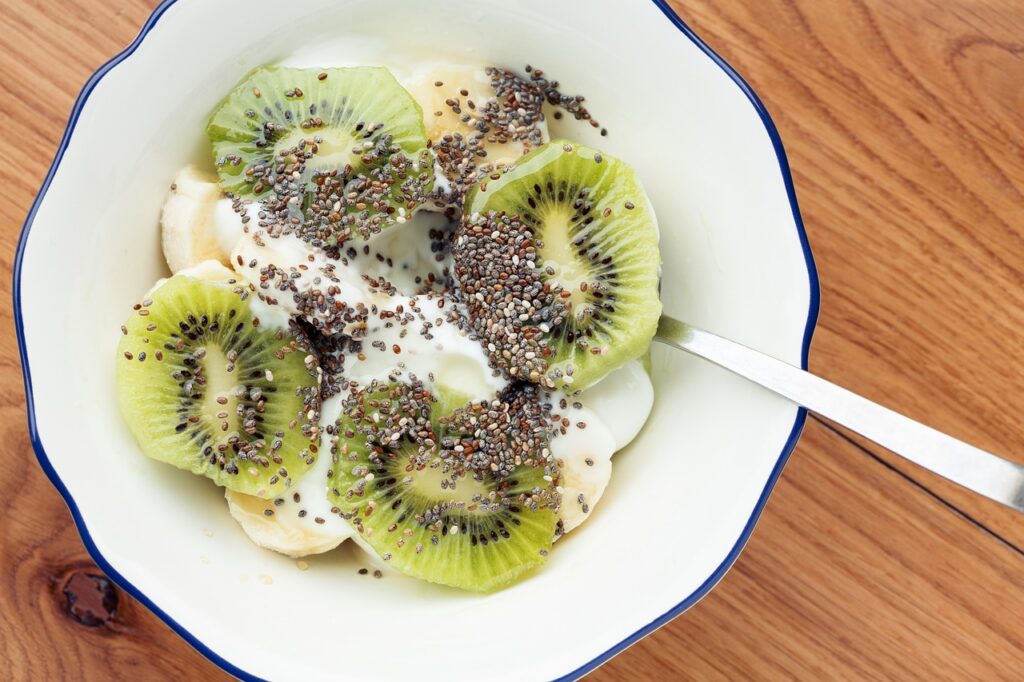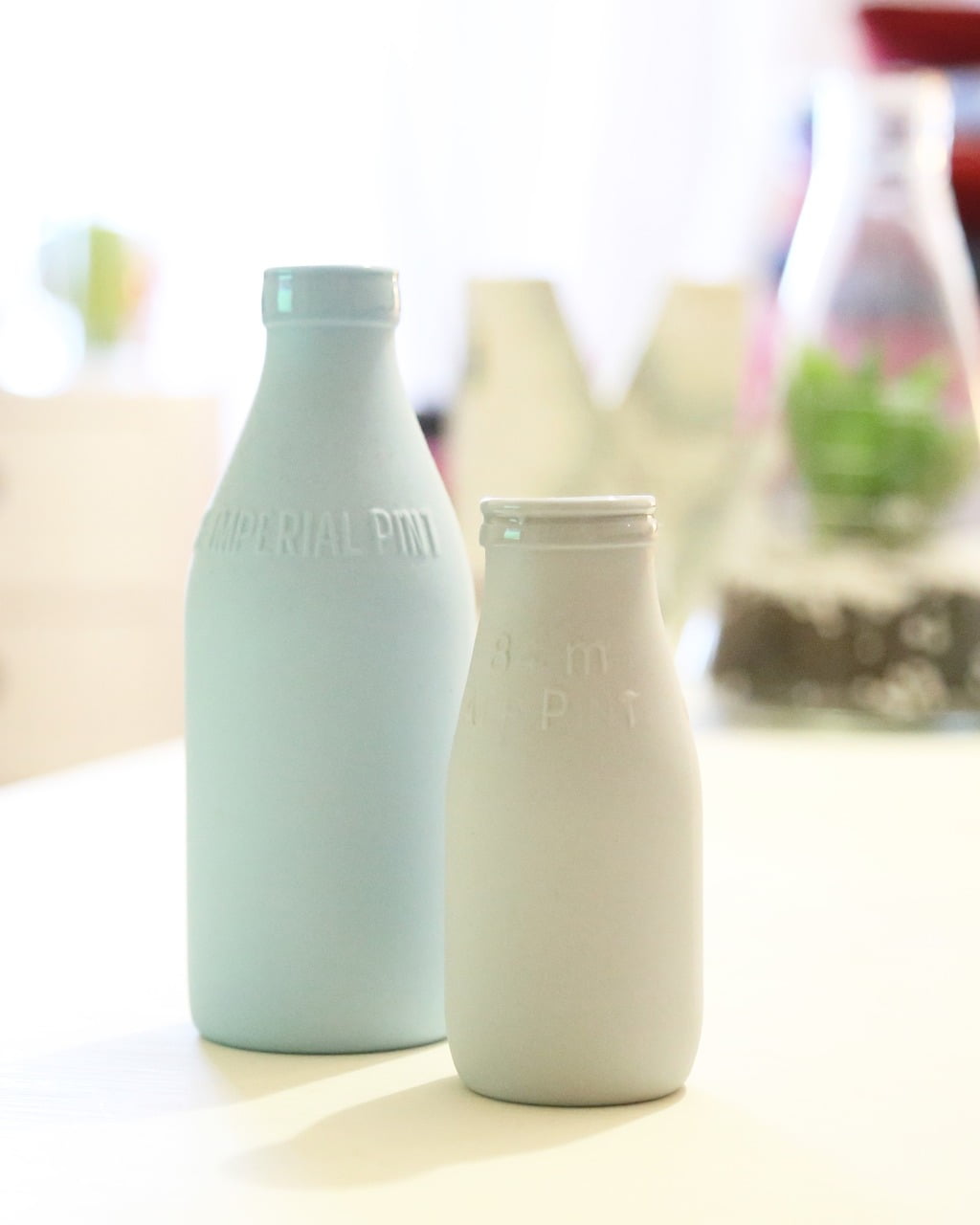How to Make Buttermilk: A Creamy Journey
Ah, buttermilk – that tangy, versatile dairy product that elevates pancakes, marinades, and baked goods to culinary perfection.

Making your own buttermilk at home is not only a satisfying endeavor but also allows you to enjoy the freshest and most authentic buttermilk possible. In this guide, we’ll embark on a creamy journey to craft homemade buttermilk that will leave your taste buds dancing with delight.
The Ingredients
High-Quality Fresh Cream
To create buttermilk, you’ll need to start with a base of high-quality fresh cream. Opt for cream that is free from additives and preservatives, as these can interfere with the natural fermentation process. Look for a cream with a high-fat content – around 36% or higher – for the creamiest results.
Cultured Buttermilk Starter
The key to making buttermilk is introducing lactic acid bacteria into your cream. To do this, you’ll need a small amount of cultured buttermilk as a starter. This buttermilk contains live bacterial cultures that will kickstart the fermentation process in your cream.
Equipment Preparation
Choosing the Right Container
Selecting the right container for your buttermilk is crucial. Opt for a clean, glass or plastic container with a lid that seals tightly. Ensure that the container is large enough to accommodate the cream and allow room for expansion during fermentation.
Proper Cleaning and Sterilization
Before you begin, it’s essential to thoroughly clean and sterilize your container and any utensils you’ll be using. This step prevents unwanted bacteria from interfering with the fermentation process and ensures that your buttermilk remains pure and safe to consume.
Mixing and Culturing
The Creamy Foundation
Pour your high-quality fresh cream into the chosen container, filling it about halfway. This will provide ample space for the cream to expand as it ferments and thickens.
Introducing the Buttermilk Starter
Add a small amount of cultured buttermilk to the fresh cream. The live bacterial cultures in the starter buttermilk will gradually multiply, transforming the cream into buttermilk. The amount of starter needed depends on the volume of cream; typically, 2 to 4 tablespoons per quart of cream is sufficient.
Temperature and Time Considerations
Cover the container with its lid and place it in a location with a stable temperature, ideally around 70°F (21°C). Allow the cream and starter mixture to sit undisturbed for 12 to 24 hours, giving the bacteria ample time to work their magic. Keep an eye on the consistency – you’ll notice it thickening and developing a tangy flavor as the hours pass.

Fermentation Magic
Understanding Lactic Acid Fermentation
During the fermentation process, the lactic acid bacteria in the starter buttermilk consume the lactose in the cream and produce lactic acid. This acidification gives buttermilk its distinctive tangy flavor and thick texture.
Monitoring the Fermentation Process
Check your buttermilk periodically to observe its progress. A longer fermentation time will result in a tangier buttermilk, so you can tailor the flavor to your preference. Remember, though, that the consistency will also become thicker with time.
The Transformation
Texture and Consistency Changes
As the cream ferments, you’ll notice a transformation in its texture. It will gradually thicken, becoming more akin to traditional buttermilk. This thickening is a clear sign that your homemade buttermilk is on the right track.
Achieving the Desired Tanginess
Taste your buttermilk periodically to gauge its tanginess. When it reaches the desired level of tang, it’s time to move on to the next step. This typically occurs between 12 to 24 hours of fermentation, depending on your preferences.
Straining and Final Touches
Separating Curd and Whey
To achieve a smoother buttermilk, you can strain it to remove any remaining curd particles. Simply use a fine-mesh strainer or cheesecloth to separate the curd from the whey. The whey is what you’ll use as buttermilk in your recipes.
Optional Flavor Enhancements
At this point, you can get creative with your buttermilk. Consider adding a pinch of salt, a drizzle of honey, or a dash of vanilla extract to enhance its flavor. These subtle touches can elevate your buttermilk to new culinary heights.

Storing and Using Your Homemade Buttermilk
Proper Storage Containers
Transfer your freshly made buttermilk to a clean, airtight container and refrigerate it. Homemade buttermilk can typically be stored for up to two weeks, ensuring that you have a steady supply for your culinary adventures.
Incorporating Buttermilk into Recipes
Now that you have your homemade buttermilk, it’s time to explore the myriad of recipes that benefit from its tangy goodness. From pancakes to salad dressings, the possibilities are endless.
Longevity and Freshness Maintenance
To extend the longevity of your homemade buttermilk, always use clean utensils when scooping it out, and ensure the container is tightly sealed after each use. Keeping it refrigerated at a consistent temperature will help maintain its freshness and flavor.
In conclusion, crafting your own buttermilk at home is a delightful culinary journey that rewards you with a fresh, tangy, and versatile ingredient. With the right ingredients, equipment, and a little patience, you can create buttermilk that elevates your cooking to new heights. So, don your apron and embark on this creamy adventure – your taste buds will thank you!

Ingredients:
- High-quality fresh cream
- Cultured buttermilk starter
Equipment:
- Clean, glass or plastic container with a lid
- Utensils for stirring
- Fine-mesh strainer or cheesecloth (optional)
Directions:
- Prepare Your Container:
- Select a clean, glass or plastic container with a lid. Ensure that it’s large enough to accommodate the cream and allow room for expansion during fermentation.
- Thoroughly clean and sterilize the container and any utensils you’ll be using to prevent unwanted bacteria from interfering with the fermentation process.
- Pour Fresh Cream:
- Pour high-quality fresh cream into the chosen container, filling it about halfway. Using cream with a high fat content (around 36% or higher) will yield creamier buttermilk.
- Add Buttermilk Starter:
- Add a small amount of cultured buttermilk to the fresh cream. The amount of starter needed depends on the volume of cream; typically, 2 to 4 tablespoons per quart of cream is sufficient.
- The live bacterial cultures in the starter buttermilk will kickstart the fermentation process.
- Mix Thoroughly:
- Stir the cream and buttermilk starter together until they are well combined.
- Cover and Let Sit:
- Cover the container with its lid and place it in a location with a stable temperature, ideally around 70°F (21°C).
- Allow the cream and starter mixture to sit undisturbed for 12 to 24 hours, giving the bacteria time to ferment the cream.
- Monitor the Process:
- Check the mixture periodically. You’ll notice it thickening and developing a tangy flavor as the hours pass. The longer it ferments, the tangier it will become.
- Check for Desired Tanginess:
- Taste your buttermilk periodically to gauge its tanginess. When it reaches the desired level of tang, it’s ready to move to the next step. This typically occurs between 12 to 24 hours, depending on your preference.
- Strain (Optional):
- To achieve a smoother buttermilk, you can strain it to remove any remaining curd particles. Use a fine-mesh strainer or cheesecloth to separate the curd from the whey. The whey is what you’ll use as buttermilk in your recipes.
- Store Your Homemade Buttermilk:
- Transfer your freshly made buttermilk to a clean, airtight container and refrigerate it.
- Homemade buttermilk can typically be stored for up to two weeks when refrigerated.
Now you have successfully made your own homemade buttermilk, ready to be used in various culinary creations like pancakes, biscuits, dressings, and more. Enjoy the tangy goodness of your homemade buttermilk in your favorite recipes!
How to Make Buttermilk: A Creamy Journey
Course: Beef4 to 8
servings5
minutes100-150
kcalIngredients
Fresh cream
Cultured buttermilk starter – Alternate(Greek Yogurt)
Directions
- Combine fresh cream and buttermilk starter in a clean container.
Cover and Ferment - Seal the container and let it sit at around 70°F (21°C) for 12-24 hours, or until it reaches your desired tanginess
- If desired, strain the mixture to remove curd particles.
Store - Transfer the buttermilk to an airtight container and refrigerate for up to two weeks


